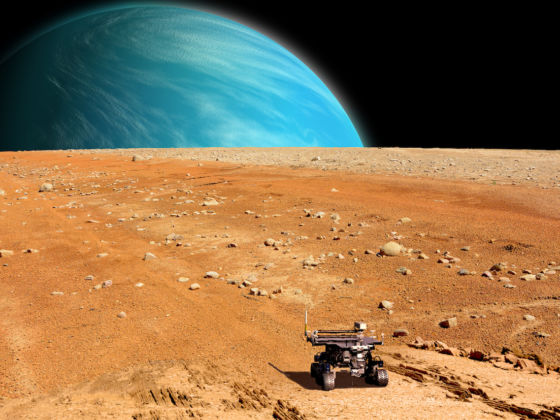Since it first began roaming the surface of Mars in 2012, NASA’s Mars rover Curiosity has changed our understanding of the red planet. Its most recent discovery is also among its most significant: the identification of carbon-based compounds on the surface of Mars called organic molecules, which are key raw materials for life.
The latest data collected by the rover reveals that the watery lake that once filled Mars’ Gale Crater contained complex organic molecules about 3.5 billion years ago. While these new findings aren’t evidence for ancient life on Mars, they do show how traces of Martians may have feasibly survived for a very long period of time, and where future rovers could look for them.
